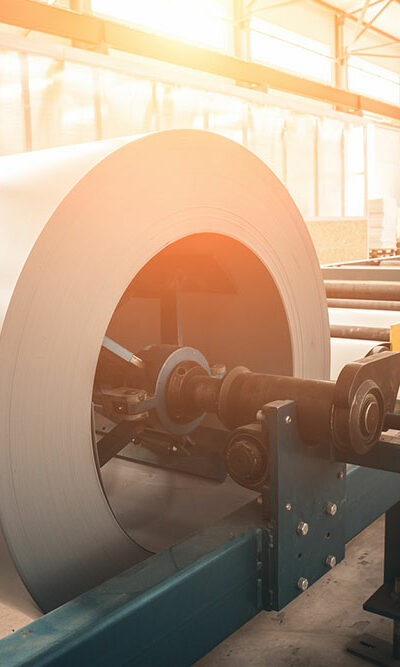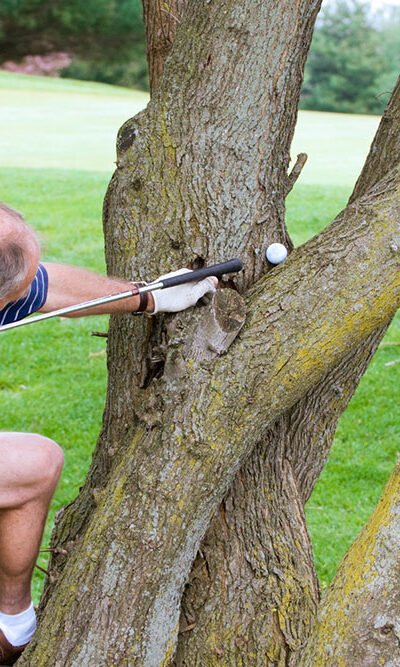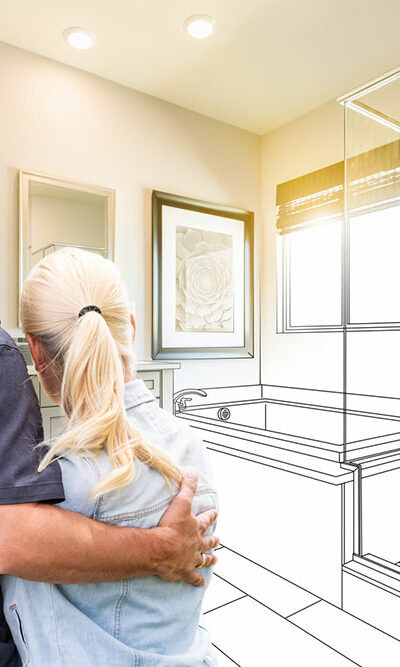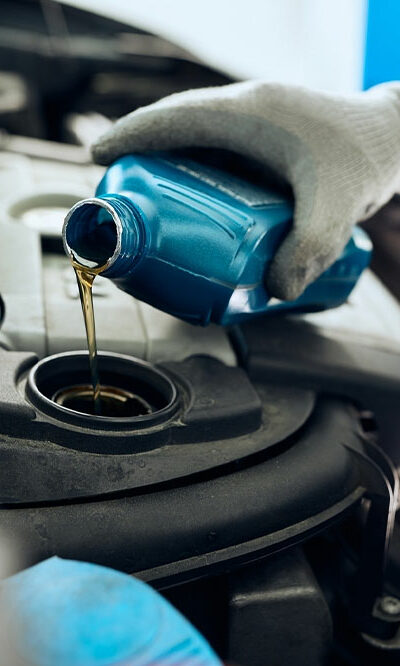
11 common jewelry mistakes to avoid
Jewelry is often used as a form of self-expression. It can elevate a look and draw attention to one’s features or specific clothing. Pieces like bracelets, rings, broaches, hair ornaments, and necklaces can add quite a flair to one’s appearance. As with clothes, multiple rules apply to styling and storing jewelry, and it is easy to make mistakes. This article discusses some common jewelry mistakes and simple tips to avoid them. 1. Storing jewelry improperly One of the biggest mistakes people make when it comes to jewelry is storing it incorrectly, which can impact its condition and appearance. Jewelry must always be stored away from free-flowing air and humidity, as these factors can tarnish its appearance. Keeping everything together in a large box may also lead to scratches and physical damage to these prized possessions. Instead, invest in special jewelry boxes or rolls to store jewelry safely. One may also keep each item in padded boxes to limit exposure to humidity and air. 2. Forgetting to clean it regularly Since jewelry is worn against the skin and exposed to natural and chemical elements for hours, it also needs special care and attention. However, many people forget to clean their jewelry regularly. One must schedule a jewelry cleaning schedule at least twice a year. Depending on the pieces, this process may involve a simple wash with a gentle soap or an in-depth tarnish and grime removal. Avoid using harsh chemicals unless professionals explicitly recommend certain jewelry pieces. 3. Exposing it to water Exposure to water is a definite way of damaging or losing jewelry. It is common for smaller pieces to slip off under the shower. Shampoos, conditioners, and other bath formulations may also cause residue buildup and tarnish their aesthetics. Similarly, removing one’s jewelry before jumping into a pool or ocean is always advisable, as chlorine and salt water can discolor or erode these pieces.










